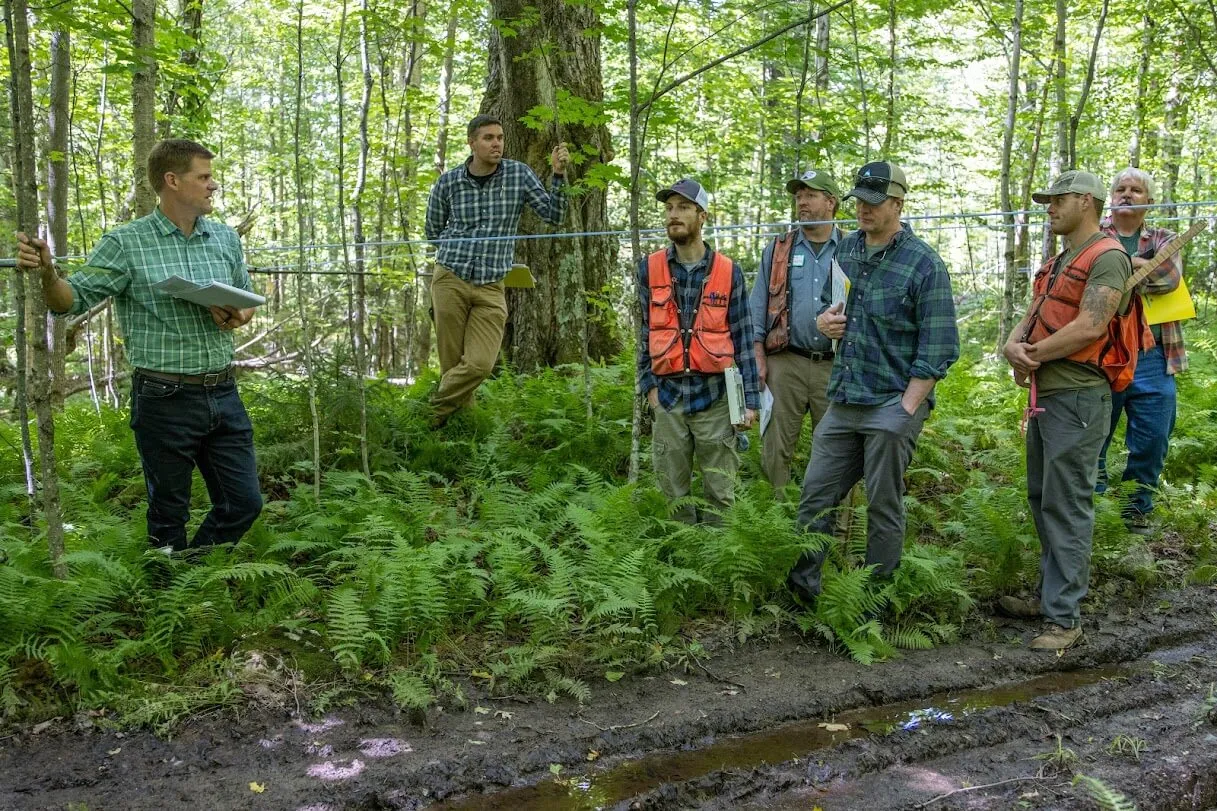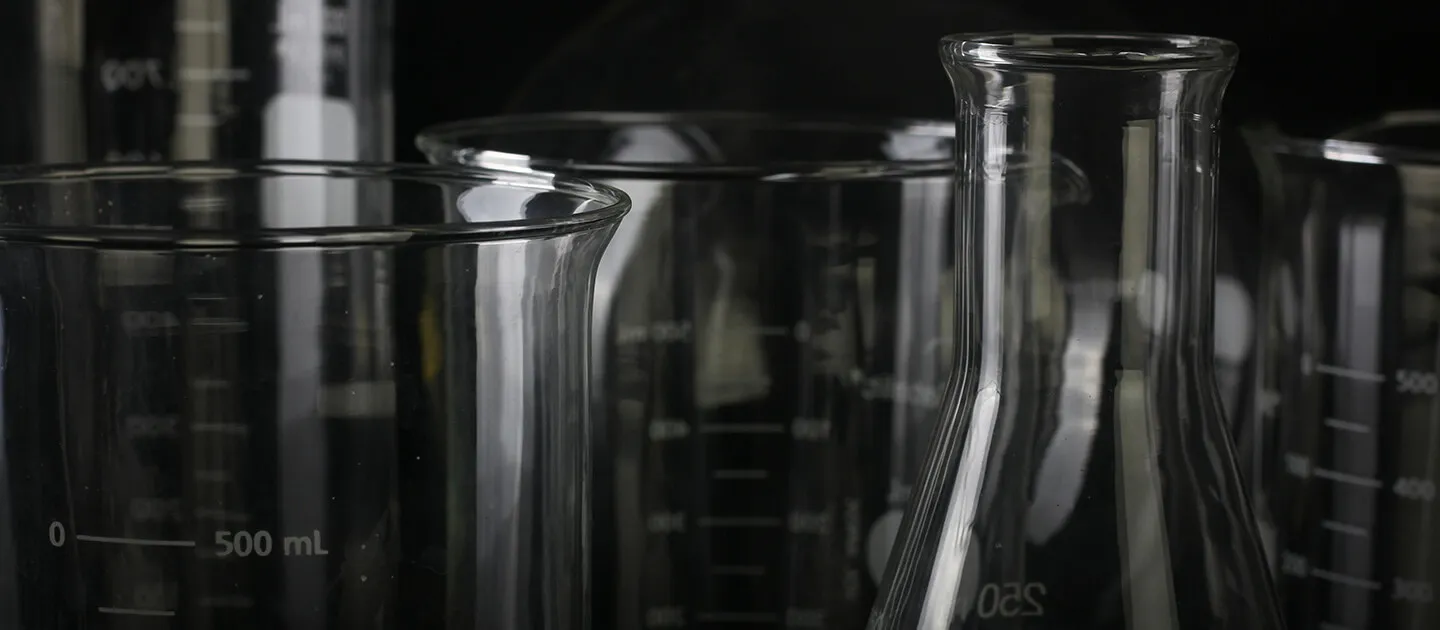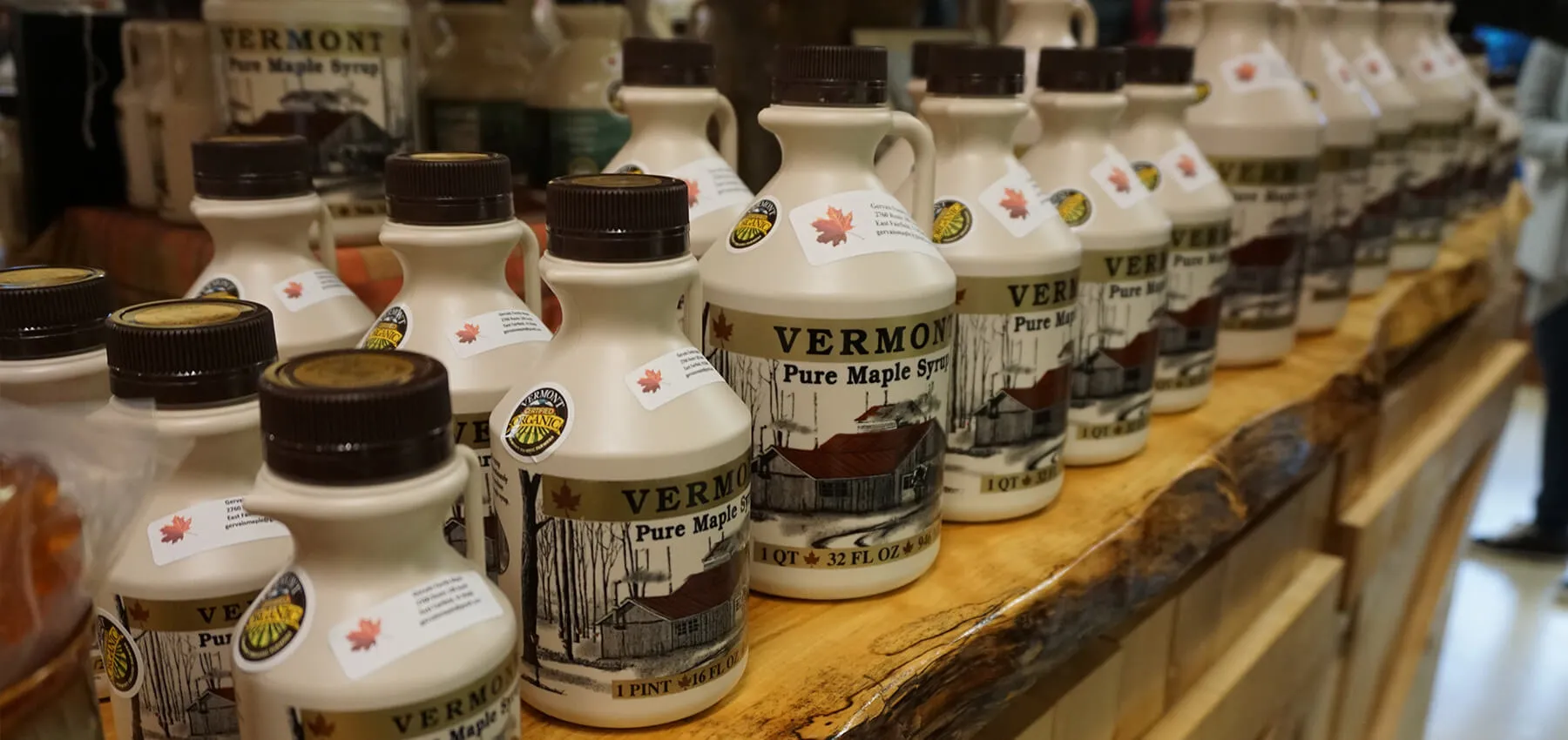A new project by researchers at the University of Vermont will help producers measure and improve sustainability across economic, environmental, and social dimensions.
It is perhaps impossible to understate the importance of maple production to the people and fabric of Vermont. Long before the first wool-clad farmers tended their taps, Abenaki women moved beneath canopies collecting sap in birch baskets and boiling it down in clay pots. For the Indigenous peoples of Vermont, the sweet sap of maple trees represented life. When it began to flow, the warm months of abundance were not far behind. Maple sugar was used to preserve meat, add nutrition to meals, and as a valuable currency for barter.
Although the equipment changed with the coming of Europeans, the process of collecting and boiling sap remained largely the same until recently. Today syrup production is a hundred-million-dollar industry in Vermont and one of the largest production export crops in the state. In 2024 a full 53% of all maple syrup produced in the U.S. originated in the tiny state of Vermont.
While the production and export of maple syrup is important economically, maple production enriches Vermont in many connected ways. Each year tens of thousands of “leaf peepers” flock to the Green Mountains to view the ephemeral beauty of foliage season. Their tourist dollars flow into communities, boosting businesses and industries across a wide spectrum, from country inns and restaurants to state parks and outdoor outfitters.
The forests themselves provide benefit, mitigating floods and facilitating groundwater uptake, releasing oxygen, offering health and recreation opportunities, and providing habitat for plants and animals. At the heart of it all are the producers.
A New Tool for a Changing Industry
In the last 20 years there has been a marked shift in how syrup is produced. Plastic tubing, vacuum extraction and reverse osmosis have fundamentally transformed the industry, leading to an increase in syrup production of over 400% from 2000 to 2025. One study estimated that new technologies can harvest up to 38% more sap from each individual tree. Both production and markets for maple are growing.
At the same time, the industry faces big challenges. These include climate change, rising costs, changing markets, and forest health concerns. Although the maple industry is widely assumed to be environmentally sustainable, in truth few metrics exist on whether this is actually the case. A new project is changing that.
New Website Helps Measure Maple Sustainability
A team from the UVM Extension Center for Sustainable Agriculture, UVM Extension Agricultural Business, the Food Systems Research Institute, and the Vermont Maple Sugar Makers Association has created a resource called the Maple Sustainability Indicators Initiative.
This project is developing methods and conducting research to understand how and whether maple production is truly sustainable, as well as to monitor how things are changing over time.
The team has launched a new website to share this information: go.uvm.edu/ecomaple
The website highlights the multiple dimensions of sustainability and provides metrics on economics, environmental, and human/social considerations. In addition, it presents production data and updates will track changes over time.
Key indicators are presented within these categories, including:
- how much fuel is used in boiling sap
- how forests are being managed in promote resilient ecosystems
- profitability, prices and market dynamics
- health and culture in the maple community
Acknowledging that the best information supports the needs of the producers, the indicators are based on data gathered directly from U.S. sugar makers and reflect real-world practices and concerns that link producers, policy, and public interests.
Researchers hope the site helps those engaged in the maple industry to make informed decisions, see trends, and ask good questions. It is also intended to create a shared picture of where the industry stands today and where it might go in the future.
What’s Next?
The Maple Sustainability Indicators Initiative is ongoing. As new information is collected new reports and information will make its way to the website, so check back for updates often.



